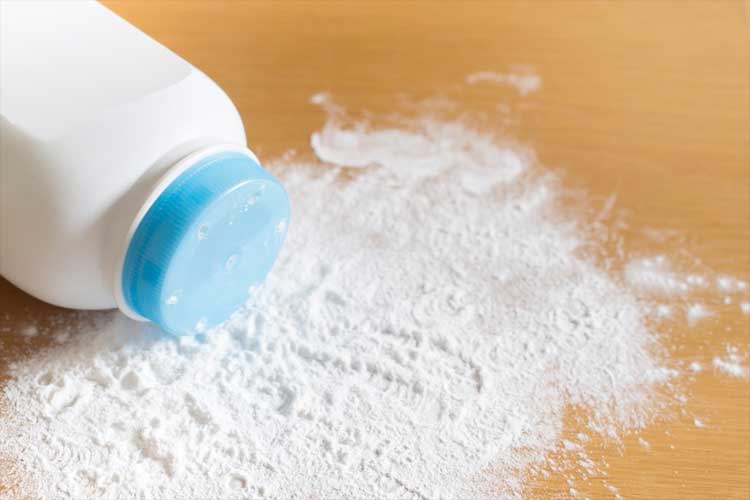Every time we shower or want to go out, we often use powder, right? Especially women. In this article, let’s look at the raw materials for making powder.
The first composition always contains talc/talcum.
1. Talc
Chemically, talc is magnesium silicate (3MgO. 4SiO2.H2O). This is the basic ingredient of all kinds of modern powder formulations. Its extraordinary properties are easy to spread and low covering power. For face powder, talcum powder should be white and odorless with a smooth taste. Of course, this excellent spreading property is what is most needed.
2. Kaolin
Not all aluminum silicates can be classified as kaolin, but the 3 groups below specifically have the same formula (Al2O3.2SiO2.2H2O) and can be called kaolin: nacrite, dickite, and kaolinite.
3. Lime (Calcium Carbonate)
Calcium carbonate is a chemical compound with the formula CaCO3. This compound usually looks like a white powder or rock. It will fizz and release carbon dioxide when it comes into contact with a strong acid, such as hydrochloric acid. After the carbon dioxide is released, what remains is calcium oxide (CaO), commonly called lime.
4. Magnesium carbonate
The good properties of magnesium carbonate make it commonly used as a powder ingredient. Magnesium carbonate has good absorbent properties and has been proven to have good perfume distribution properties. The density is part of the magnesium carbonate coating, the quality of which provides the development of the fineness type of the powder.
5. Metal stearate
Zinc and magnesium stearate are by far the most frequently used metal stearate materials. For facial powder, the stearate must be of high quality to prevent acidity, unwanted odors. The most important properties of zinc and magnesium stearate are adhesive and water-repellent properties. Zinc stearate, which is most commonly used, also has a calming effect. Excessive use, stearate can cause blemishes and acne effects on the skin. In sufficient quantities (4-15%) zinc stearate provides adherent properties to face powder.
6. Zinc Oxide, Titanium oxide.
There are 2 packing materials commonly used in face powder formulations: zinc oxide and titanium dioxide. Too much use of this ingredient can produce a mask-like effect which is undesirable; Too little means the powder won’t stick to the body.
It is known that zinc oxide has several therapeutic properties and helps eliminate skin blemishes. However, excessive use can cause dry skin.
7. Silica and Silicates
The use of fine silicates such as magnesium trisilicate helps in powders because they have excellent water and oil absorbing properties.
8. Brightening agent.
The synthetic pigment bismuth oxychloride has been developed to replace guanine. Although sensitive to light, bismuth oxychloride is adaptable enough to be used in brightening face powders to provide a metallic, pearly glow.
9. Dyes
The amount of dye needed depends on the degree of type used in the formula. The packing agent of the oxide and the transparency of the talc greatly influence the amount of dye desired.
10. Preservatives
The aim is to prevent contamination of the product during manufacture and also during use by consumers, where microorganisms can contaminate the product every time it is used, either from their hands or from the tools used. The materials used must be shown to be free from microorganisms.
The powder type of product usually means it is very unlikely to become contaminated with microbes but the use of water as an additional ingredient, such as an extract, can change this, and this ingredient should be avoided wherever possible (oil-based extracts should be used beforehand). It is also necessary to control the use of additional ingredients in powders used around the eye area, in general, microbial restrictions are more concerned with the ingredients used in these products.
11. Fragrance
It is very important that the perfume used is non-irritating, stable in weak alkaline conditions and does not oxidize or evaporate quickly. Fragrances must be mixed with all the ingredients that make up the powder because problems with acidity, heterogeneity of odors and discoloration can occur from choosing an incompatible odorant.
So, those are some of the raw materials for making powder. Of course there are other ingredients added.

Leave a Reply